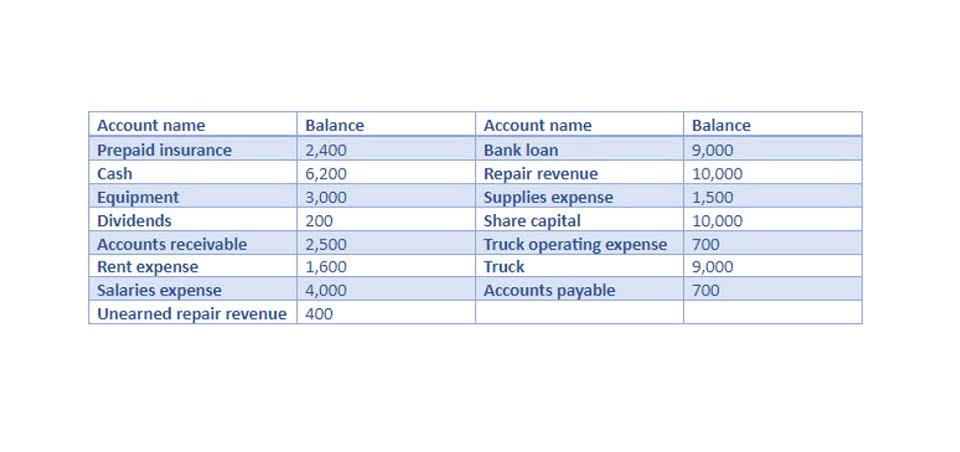Incremental Costing: How to Calculate and Compare the Incremental Costs and Benefits of Different Options
Description

CVP analysis provides a framework for assessing the impact of changes in production levels, https://www.bookstime.com/ sales volumes, and cost structures on a company’s profitability. From a financial perspective, incremental cost refers to the change in total cost resulting from a particular decision or activity. It helps businesses evaluate the additional expenses incurred or savings achieved by implementing a specific course of action.

Real-World Examples of Incremental Cost Analysis
If the selling price for a product is greater than the marginal cost, then earnings will still be greater than the added cost – a valid reason to continue production. If, however, the price tag is less than the marginal cost, losses will be incurred, and therefore, additional production should not be pursued – or perhaps prices should be increased. This is an important piece of analysis to consider for business operations.

Identifying Health Care Services that are not Cost-Effective
By comparing the incremental cost with the potential benefits or revenue generated, companies can determine the feasibility and profitability of their decisions. Understanding the concept of incremental manufacturing cost is essential for businesses aiming to optimize production efficiency and profitability. This financial metric helps companies determine the additional costs incurred when increasing production levels, providing insights into operational decision-making. Accurately calculating these costs supports pricing strategies, budgeting, incremental cost and evaluating potential investments or expansions.
- Incremental cost is how much money it would cost a company to make an additional unit of product.
- In this section, we will delve into the concept of incremental cost and its significance in decision making.
- The company may face disruptive transition costs in trainings, infrastructure updates or acquisitions to cover the increase in demand.
- The Institute of Medicine estimated that $210 billion worth of unnecessary services were provided in the U.S. health care system in 2009 (United States Institute of Medicine, 2013).
- Remember, incremental cost analysis isn’t limited to business decisions—it applies to personal choices too.
- These costs can include direct materials, labor, or overhead expenses that will be affected based on various factors such as changes in production levels or sourcing options.
How Important is Marginal Cost in Business Operations?
The ratio is the most useful when outcomes are expressed in QALYs because the QALY is an outcome that can be compared across different types of interventions. By summing up these incremental costs, XYZ Electronics can make an informed decision about the expansion. The following formula is used to calculate the incremental cost per unit for a given set of variables. Due to economies of scale, it might cost less in producing two items than what was incurred in producing each one separately. In addition to the immediate costs of purchasing and installing new equipment, businesses must also consider long-term costs such as the cost of maintenance and repairs. These ongoing expenses can add up and impact the profitability of the investment.

- By incorporating incremental cost analysis, the company can assess the additional expenses involved in increasing production and compare them with the expected increase in revenue.
- To calculate incremental cost, begin by reviewing the existing production cost records.
- CVP analysis provides a framework for assessing the impact of changes in production levels, sales volumes, and cost structures on a company’s profitability.
- The calculation of incremental cost needs to be automated at every level of production to make decision-making more efficient.
- Enter your email and we’ll send you this exclusive marginal cost formula calculator in Excel for yours to keep.
It helps organizations evaluate the impact of their decisions on costs and profitability. In summary, understanding the concept of output or activity level is essential for businesses to analyze costs, make informed decisions, and optimize their operations. By considering various perspectives and utilizing examples, we can gain a comprehensive understanding of how output or activity level impacts incremental costing. Understanding incremental manufacturing cost guides strategic business decisions by providing a clear picture of the financial impact of production changes. Companies can evaluate whether increased production enhances profitability or simply offsets additional expenses.

How to Calculate Incremental Cost Per Unit?
Therefore, the incremental cost for producing the 101st device would be $150. In each of these scenarios, incremental costing provides a structured approach to decision-making. By considering both costs and benefits, organizations can make informed choices that align with their objectives. Remember, the devil is in the details, and incremental analysis helps uncover those hidden insights. A software development company is deciding whether to invest in upgrading their existing infrastructure.
They need to compare the additional costs (such as machinery purchase, maintenance, and labor) against the incremental benefits (increased production, sales, and revenue). By analyzing the net impact, they can make an informed decision on whether the expansion is financially viable. Understanding incremental costs can help a company improve its efficiency and save money. Incremental costs are also useful for deciding whether to manufacture a good or purchase it elsewhere. Understanding the additional costs of increasing production of a good is helpful when determining the retail price of the product.
The direct incremental costs include the salaries of the developers and the purchase of necessary hardware. However, the cost of potential bugs that may arise, leading to customer dissatisfaction and support costs, is much harder to predict and measure. Additionally, if the development team is pulled from another project, payroll the opportunity cost of the delayed project must be factored into the incremental cost of the new feature. For example, if a consultancy firm takes on a new project that requires 10 additional hours of work per week, the incremental cost would be the wage paid for these extra hours. If the firm charges a higher rate for the additional project than the average hourly rate, the incremental cost can lead to an increase in average profit margins.